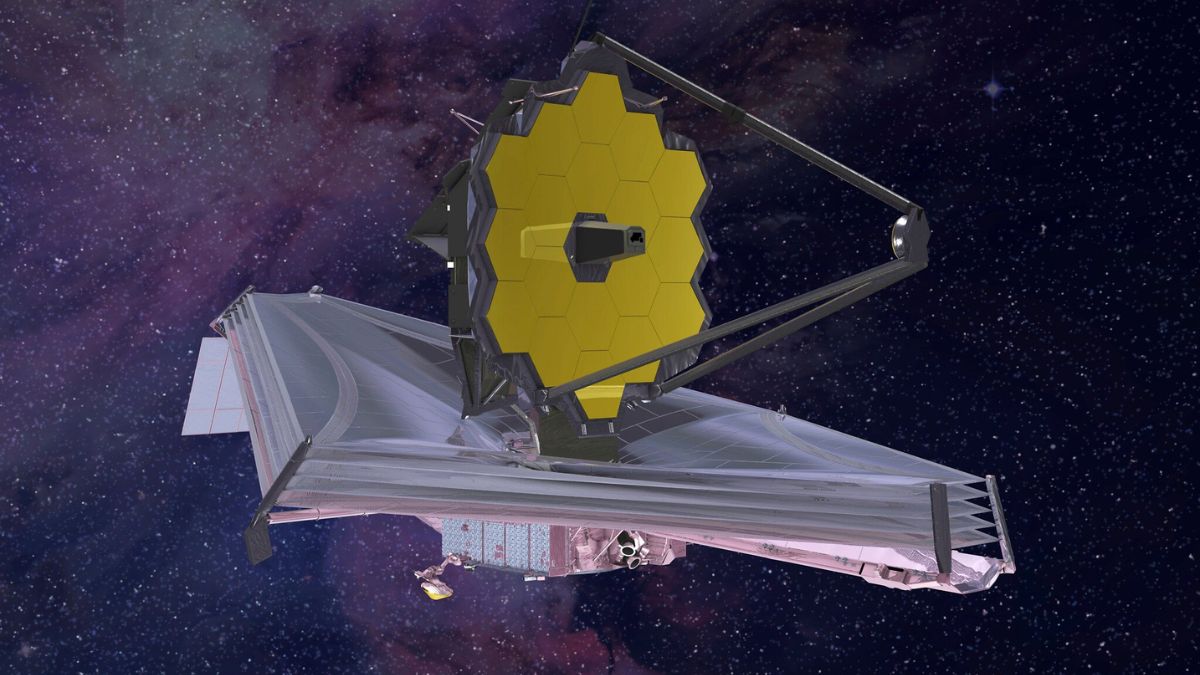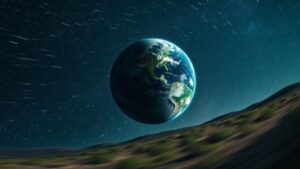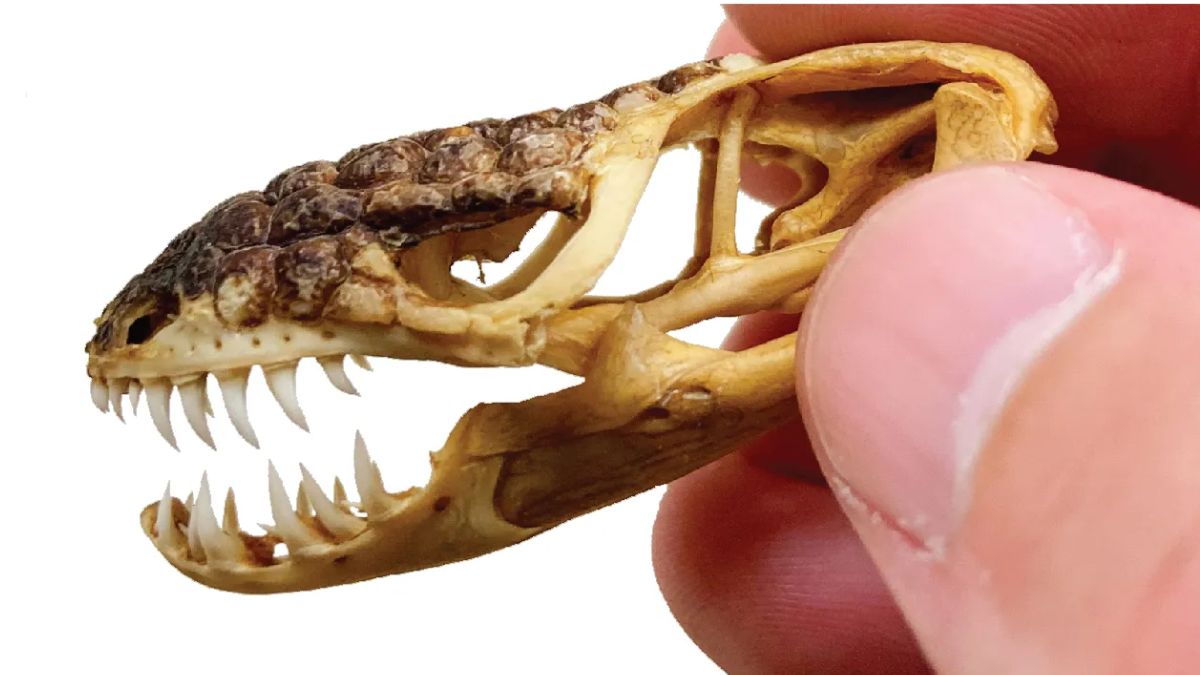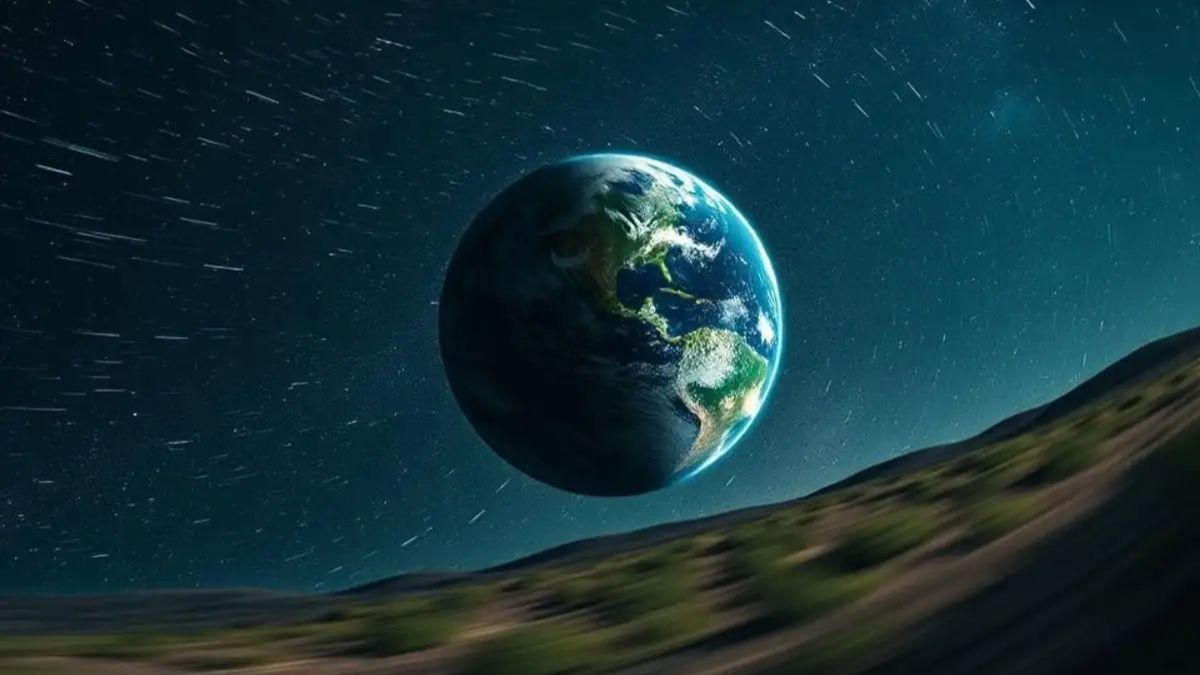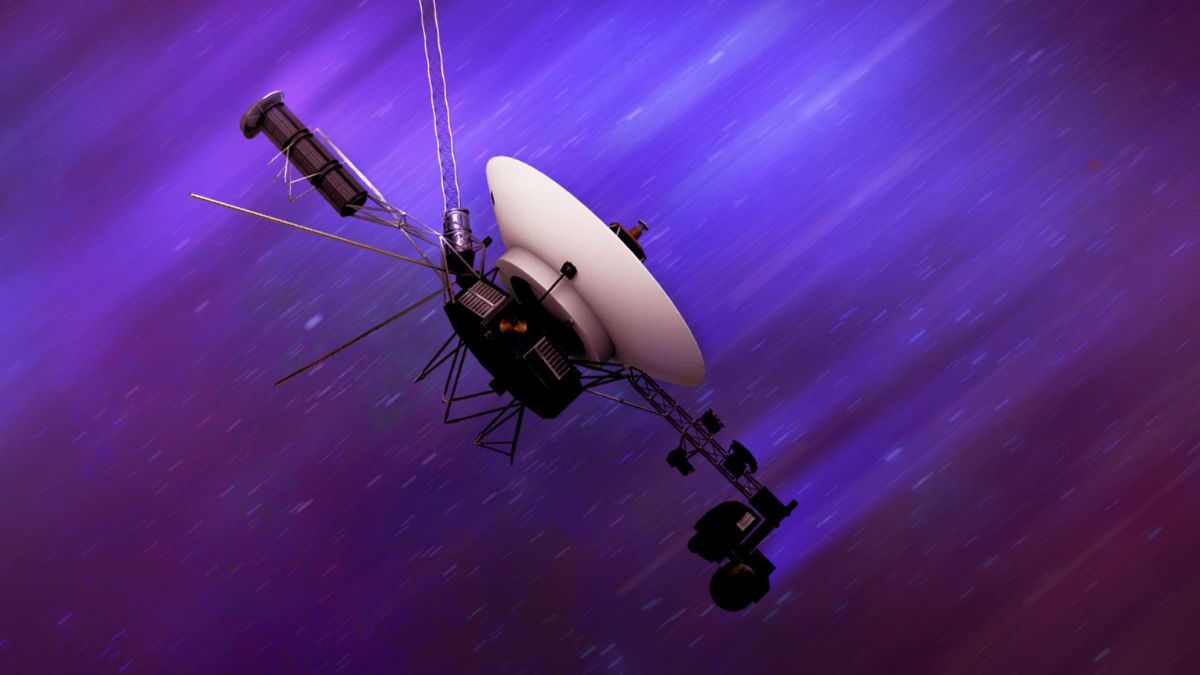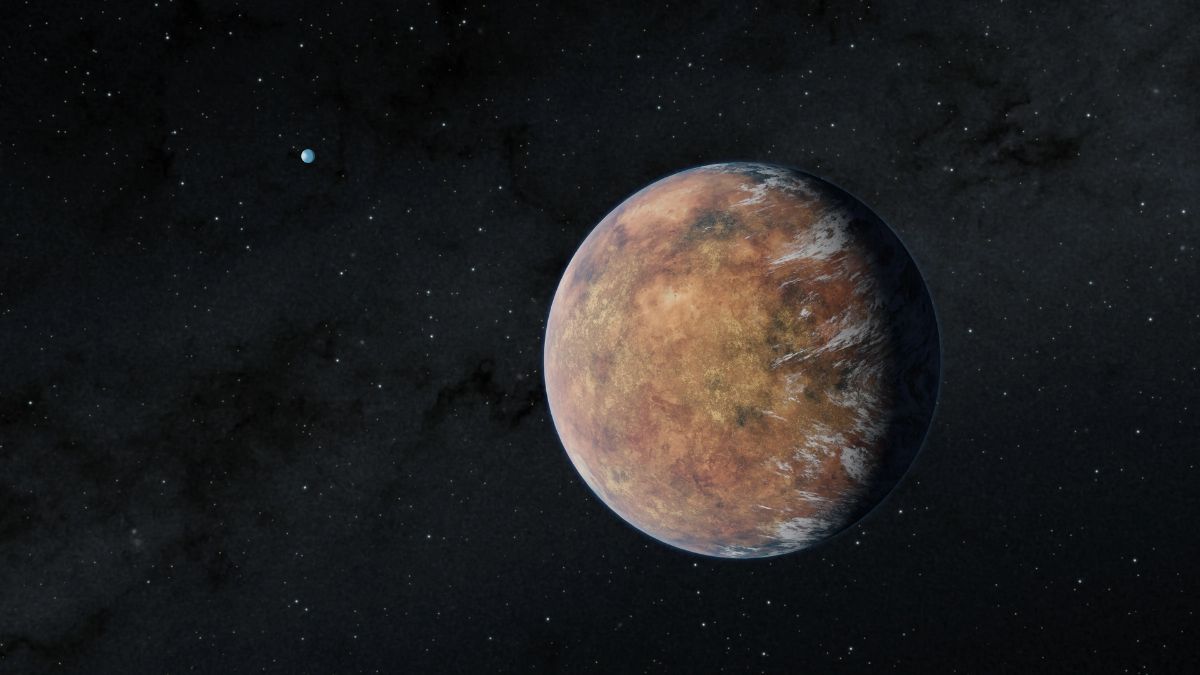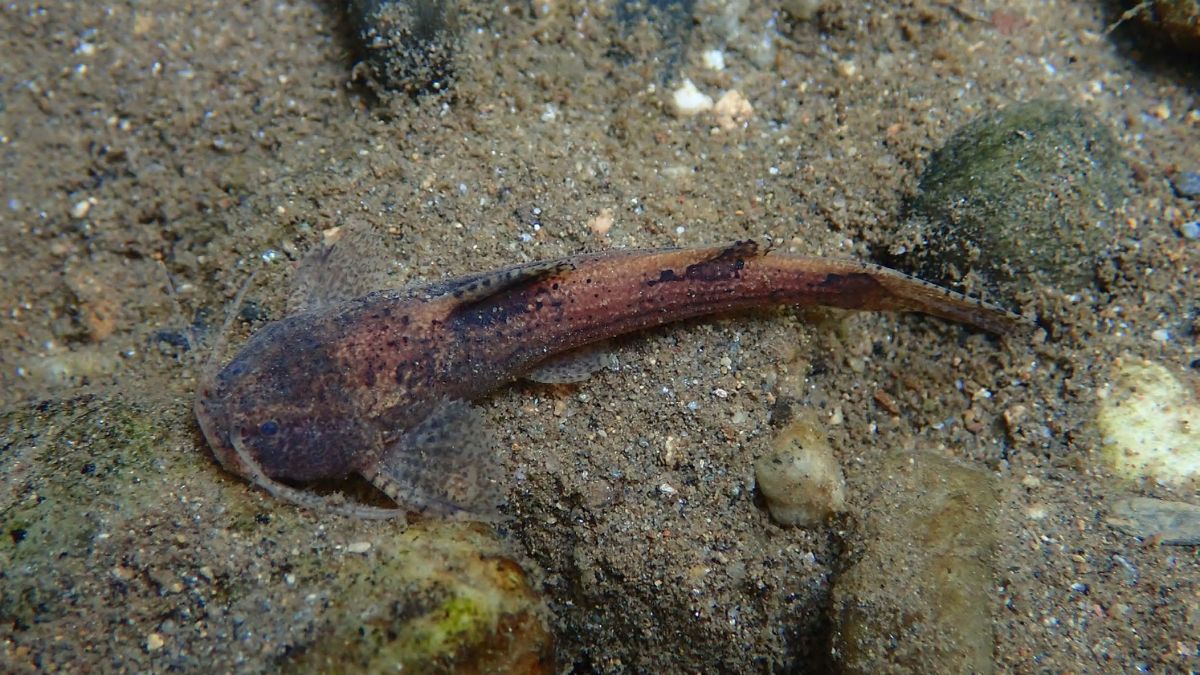Only 100 light-years away, a new exoplanet is making waves—literally. Its name is TOI-1452 b, and it might be the very first ocean planet ever discovered by science. That means it could be covered by vast, deep layers of water—possibly making up 30% of its entire composition. And if there’s water, there’s the possibility of life. Sounds like science fiction? It’s not. TOI-1452 b is real, and it’s changing the way we think about where life can exist.
Discovery
The planet was spotted using a mix of data and detective work. What caught astronomers’ attention was the planet’s size, temperature, and density. These three clues came together like puzzle pieces to paint a strange but exciting picture: this world likely isn’t made mostly of rock and metal like Earth. It’s too light for that. Instead, it may be made largely of water—liquid or frozen.
TOI-1452 b orbits a small, cool star in the constellation Draco and is now being closely studied. It’s already been flagged as a priority target for none other than the James Webb Space Telescope. The goal? Take a deep look at its atmosphere and hunt for signs of life.
Super-Earth
TOI-1452 b belongs to a class of planets known as super-Earths. These are rocky planets that are larger than Earth but smaller than gas giants like Neptune. Specifically, this planet is about 70% larger in diameter than Earth and has around five times more mass. But here’s where things get weird—its density isn’t what you’d expect from something that size.
Normally, a planet with that much mass would be made mostly of rock and metal. But TOI-1452 b is less dense than that, leading scientists to believe that water could make up a huge part of its structure. Not puddles or lakes—oceans.
Orbit
Here’s the next surprise: TOI-1452 b orbits its star in just 11 Earth days. That means it’s extremely close to its sun. Normally, this would make it way too hot to hold liquid water. But wait—its star is a red dwarf, much cooler and smaller than our Sun.
This cooler host star may allow the planet to maintain temperatures where water can exist in liquid form, even though it’s orbiting so tightly. That delicate balance between heat and coolness is what makes this discovery so special—and so confusing to existing planetary models.
James Webb
As with many recent space breakthroughs, all eyes now turn to the James Webb Space Telescope. Scientists are planning to use Webb to analyse the planet’s atmosphere as it passes in front of its star. This method is called transit spectroscopy—and it could reveal the chemical makeup of TOI-1452 b’s atmosphere.
If water vapor, hydrogen, or even organic molecules are detected, we could be looking at the best candidate for habitability we’ve ever found outside Earth. It could be a stepping stone toward answering one of humanity’s biggest questions: Are we alone?
Waterworld
While it’s too early to say for sure, TOI-1452 b is already being called a “water world.” It could be the first planet ever discovered that has enough evidence to suggest oceans on its surface—or hidden beneath layers of ice, like the moons Ganymede and Enceladus in our own solar system.
This idea is mind-blowing because TOI-1452 b exists in a zone where, based on previous theories of physics and chemistry, water shouldn’t exist in liquid form. Yet, here it is—possibly defying the rules and proving those old models incomplete.
Potential
What makes this even more exciting is what it means for the rest of the galaxy. If a planet this close to its star can have so much water, then the number of potentially habitable planets might be much higher than scientists thought. We may have underestimated the universe’s ability to create the right conditions for life.
Imagine this: in the not-so-distant future, telescopes like James Webb could find more planets like TOI-1452 b—and some of them could be even closer, more Earth-like, or showing actual signs of life.
The Big Picture
Sure, we’re not packing our bags and heading to TOI-1452 b anytime soon. But discoveries like this push science forward in massive ways. They challenge what we thought we knew about planetary formation, habitability, and how common water-rich worlds might really be.
This ocean planet might be our distant cousin in the cosmos—a place where the ingredients for life are waiting in the waves, just 100 light-years away.
FAQs
What is TOI-1452 b?
A possible ocean-covered exoplanet 100 light-years from Earth.
Why is it called a water world?
Its low density suggests it’s made up of up to 30% water.
Can it really have liquid water?
Possibly, due to its cool star and balanced orbit.
Is James Webb studying it?
Yes, it will observe the planet’s atmosphere for clues.
Could it support life?
It has conditions that make habitability a real possibility.

